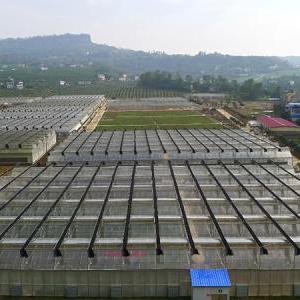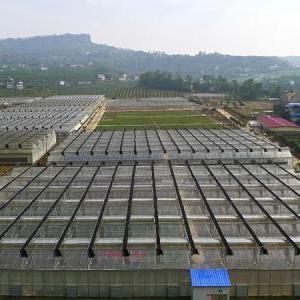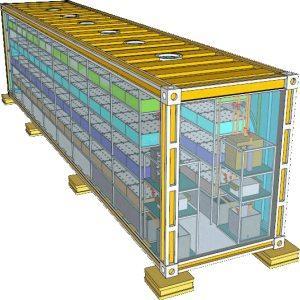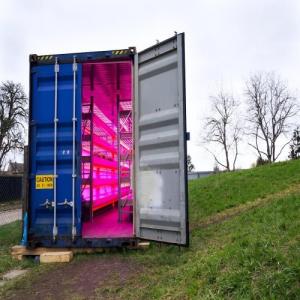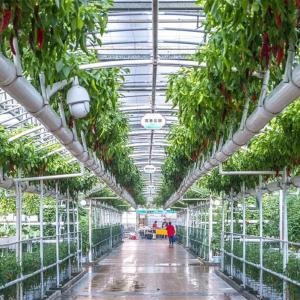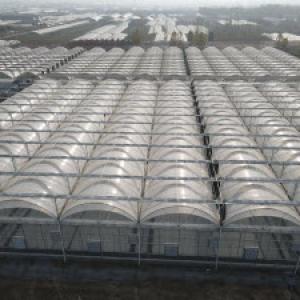In-depth Analysis of Advantages and Disadvantages of New Smart Dutch Glass Greenhouses
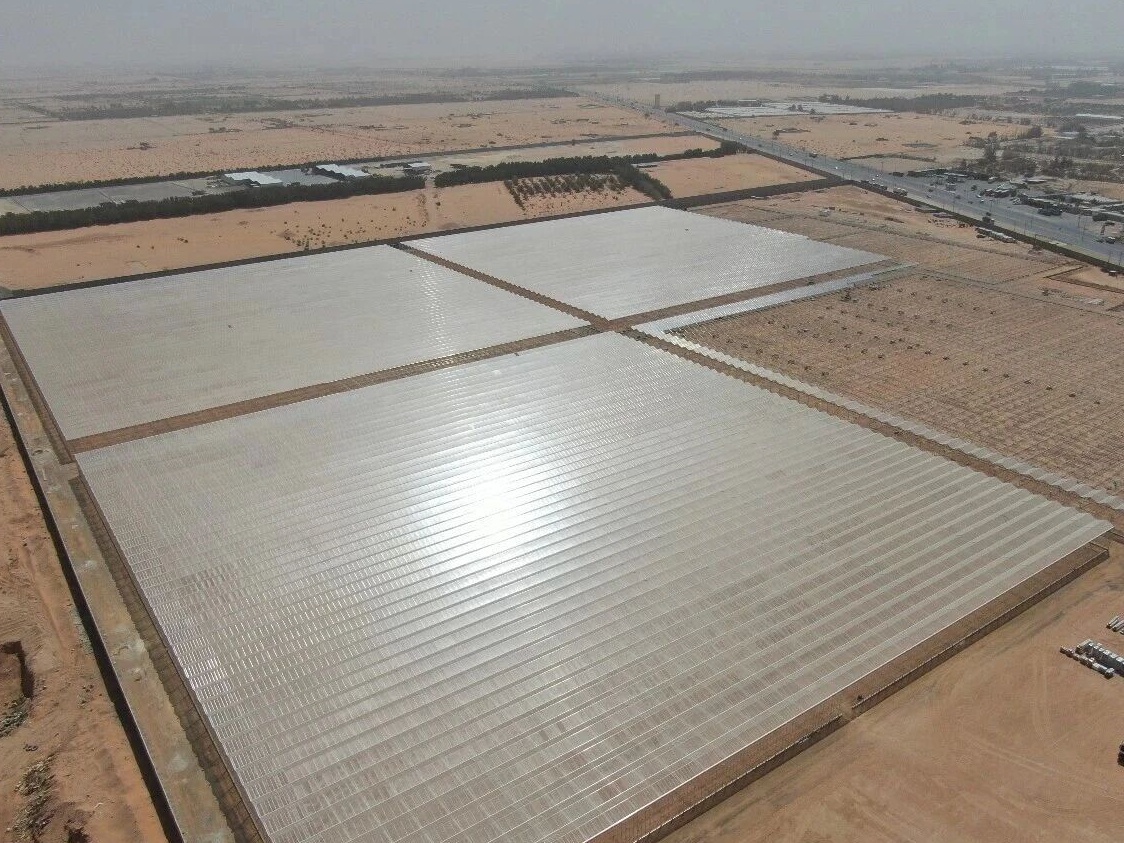
I. Core Advantages: Precision, High Efficiency, and Sustainability
- Significant Yield Doubling Effect: Taking tomato cultivation as an example, the annual yield of Dutch glass greenhouses can reach 70-80 kg/m², while that of ordinary greenhouses is only 10-15 kg/m². In cases of refined management, the yield can even exceed 120 kg/m², which is 6-12 times that of traditional planting models.
- Leading Resource Utilization Efficiency: The intelligent integrated water and fertilizer irrigation system can save 90% of water compared with traditional flood irrigation, and the fertilizer utilization rate is increased to 95%, reducing nutrient loss and soil pollution. The closed-circuit water system further optimizes resource consumption, with water consumption per ton of fruits and vegetables being only 3.5 m³, far lower than the industry standard set by the Food and Agriculture Organization (FAO) of the United Nations, which meets the needs of sustainable agricultural development.
- High Energy Consumption Costs in Winter: In northern China, gas heating is required to maintain the greenhouse temperature in winter, and this cost accounts for more than 40% of the annual operating costs. Without energy subsidies from local governments, most projects are prone to losses.
- Shortage of Professional Technical Talents: Dutch glass greenhouses require professional teams to manage automated systems and maintain soilless cultivation (rock wool/coconut coir substrate) facilities. However, there is a scarcity of mature talents in related fields in China, resulting in actual yields only reaching 60% of the level in the Netherlands, failing to give full play to the technical potential.
The initial design of Dutch glass greenhouses is based on the local maritime climate (mild and humid with small temperature differences). However, China has a vast territory and diverse climate types: in continental climate regions such as Northeast China, the winter thermal insulation capacity is insufficient, requiring additional heating equipment; in high-temperature and high-humidity regions such as South China, the energy consumption for cooling in summer is too high, further increasing operating costs, highlighting the problem of "inadaptability to local conditions".
If your project requires efficient greenhouse solutions or you wish to learn about the latest application cases of greenhouse technology, please feel free to contact us. Our team will provide end-to-end support—from solution design and equipment selection to project implementation—based on your planting needs and site conditions, helping improve the quality and efficiency of your agricultural production. We look forward to exploring more possibilities of modern greenhouse cultivation with you. [Contact Us].
